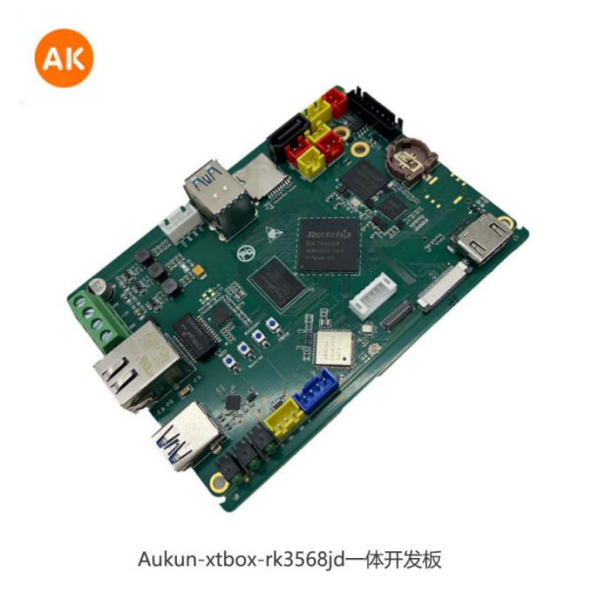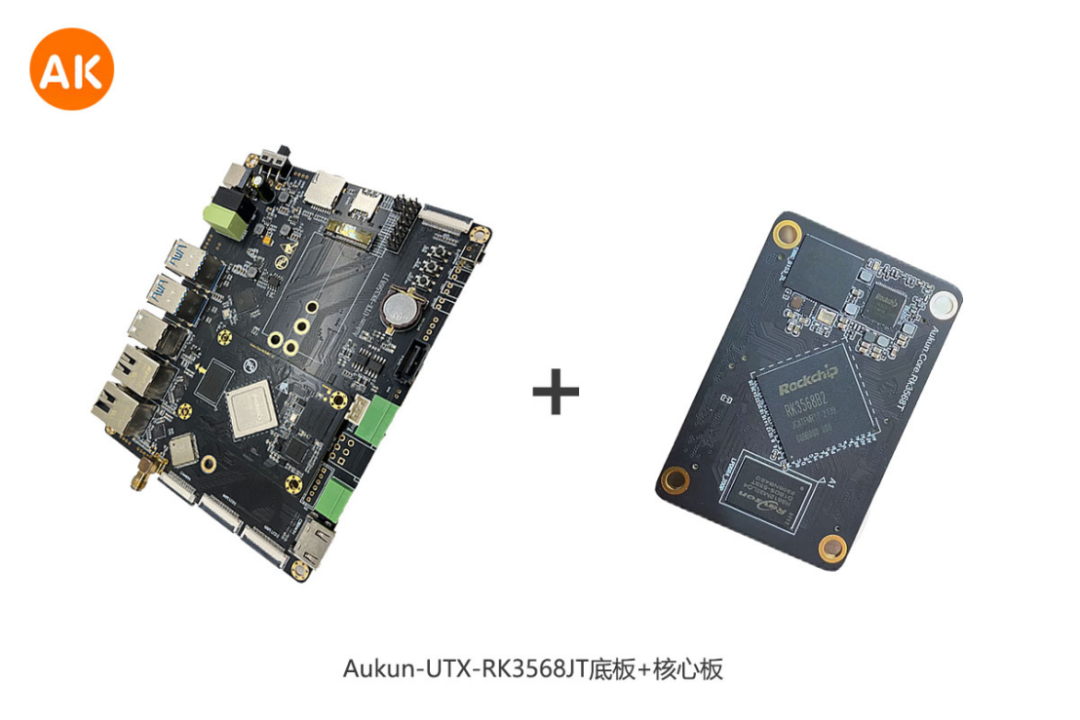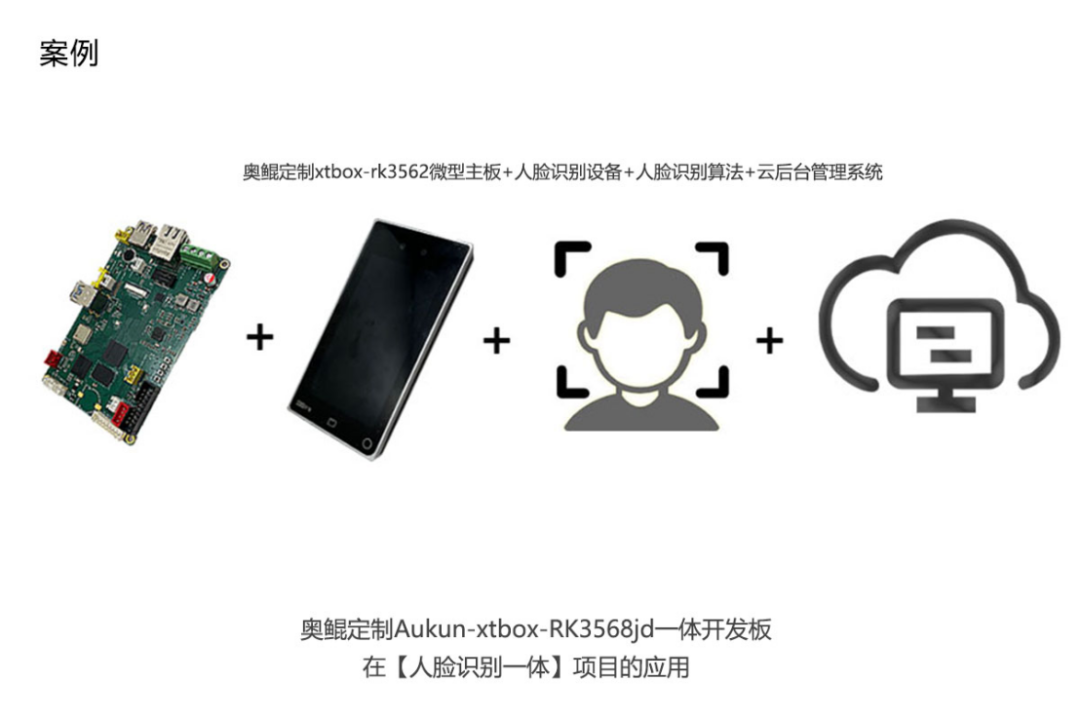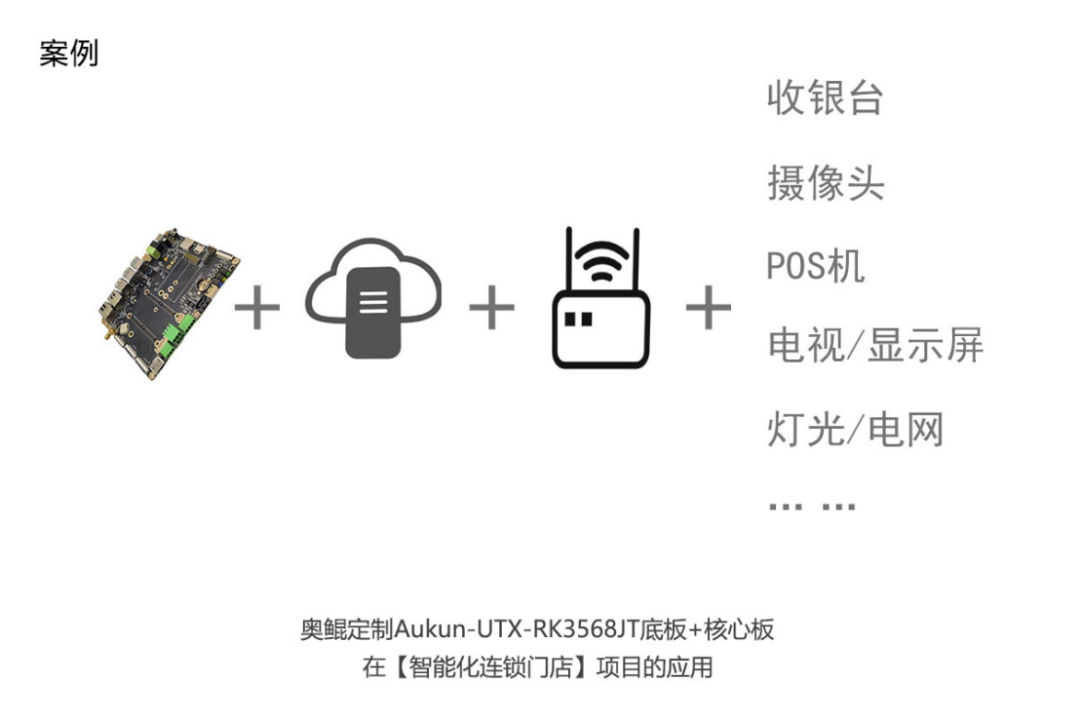In modern embedded system development, choosing the right development board is crucial. Integrated development boards and core boards + base boards are two common development board designs, each with unique advantages and disadvantages, suitable for different application scenarios and development needs.This issue will analyze this topic.
1. What is an Integrated Development Board / What is a Core Board + Base Board

Integrated Development Board is a development board that integrates all necessary hardware components, typically including processors, memory, input and output interfaces, etc. The design of this development board aims to provide users with a complete, plug-and-play solution for embedded system development, testing, and prototyping. Integrated development boards are usually used for rapid development and testing, as they do not require additional components or complex assembly processes, making them suitable for projects that need to start and run quickly, especially in prototyping and small-scale production.

Core Board + Base Board is a modular development board design composed of two main parts: Core Board: The core board is a highly integrated module that contains the main processor, memory, and other key components. It is typically connected to the base board through connectors (such as board-to-board connectors, through-hole soldering, gold fingers, etc.). The design of the core board allows users to focus on application development without needing to understand the underlying hardware details. Base Board: The base board provides additional interfaces and expansion capabilities, allowing users to add peripheral devices and functions based on specific needs. The design flexibility of the base board is high, and users can customize and expand according to project requirements.
2. Advantages and Disadvantages of Integrated Development Boards
Advantages:
1. Simplified Development Process: Integrated development boards integrate all necessary hardware components, such as processors, memory, input/output interfaces, etc., simplifying the development process.
2. Quick Start and Operation: Since all components are integrated, integrated development boards can start and run quickly, suitable for rapid prototyping and testing.
3. Cost-Effectiveness: For small-scale projects or prototyping, integrated development boards may be more cost-effective as they reduce the costs of purchasing and assembling additional components.
Disadvantages:
1. Lack of Flexibility: Since all functions are integrated on one board, integrated development boards have lower flexibility and are difficult to customize or expand on a large scale.
2. Difficult Upgrades: Upgrading integrated development boards is usually quite difficult, as replacing or upgrading a single component may require replacing the entire board.
3. Maintenance Challenges: If a component on the board fails, repairs may be complicated because all components are tightly integrated.
3. Advantages and Disadvantages of Core Board + Base Board
Advantages:
1. Reduced Product Design Difficulty: The design of core board + base board can reduce product design difficulty and speed up time to market.
2. Easier Product Iteration Upgrades: This design facilitates product iteration upgrades and reduces maintenance workload.
3. Increased System Stability and Maintainability: The core board, as a standalone module, is highly integrated, increasing the system’s stability and maintainability.
4. Convenient Function Expansion: The separation of the core board and base board allows for better division of labor and convenient function expansion.
5. Convenient Production: The core board can be produced in large factories, making pricing negotiable and production costs easier to lower.
6. Convenient Maintenance and After-Sales Service. Convenient for later management and maintenance.
Disadvantages:
1. Lower Stability of Multi-Board Connections: Especially for high-speed signals and large current signals, the stability of multi-board connections is certainly lower than that of single-board methods.
2. Cost Issues: If the product profit margin is not high, the cost of multi-layer single boards can be high in large quantities. If the quantity is not large, the impact is not significant, but multi-board connections increase connector and assembly costs.
3. Connector Costs: If there are some high-speed interfaces between the core board and base board, those connectors may be very expensive.
4. Application Scenarios of Integrated Development Boards

IoT Gateway: Integrated development boards can be used in IoT gateways, supporting multiple communication protocols and interfaces to achieve interconnection between devices. NVR and Security Monitoring: Suitable for Network Video Recorders (NVR) and security monitoring systems, providing high-performance data processing and storage capabilities. Industrial Control Tablet: In the industrial control field, integrated development boards are used for industrial control tablets, providing stable control and display functions. Vehicle Central Control: Integrated development boards are used in vehicle central control systems, supporting the connection and control of various vehicle devices. Video Conference All-in-One: Can be used for video conference all-in-one machines, integrating audio and video processing and communication functions. Advertising Machines and Cloud Terminals: Can be used for advertising machines and cloud terminals, providing multimedia display and remote management functions. NAS Servers: Integrated development boards are used in NAS servers, supporting large-capacity data storage and network sharing.
5. Application Scenarios of Core Board + Base Board

Industrial Control: The design of core board + base board is suitable for the industrial control field as they can provide high performance and rich expansion interfaces. Energy and Power: In the energy and power field, the combination of core board + base board can be used for data acquisition and control tasks. Medical Devices: Can be used in medical devices, providing stable and reliable computing power. Data Acquisition: The modular design of core board + base board is suitable for data acquisition applications because they can flexibly expand interfaces and functions. Rail Transit: In the rail transit field, they can be used for control and monitoring systems. Engineering Machinery: Can be used for the control unit of engineering machinery, providing powerful computing power and interface expansion. IoT Nodes: Suitable for IoT nodes as they can provide high performance and flexible interface expansion. Smart Home: In the smart home field, the design of core board + base board can be used for the control and communication of smart devices. Human-Machine Interface: Can be used to develop human-machine interfaces, providing high performance and rich interfaces. Embedded Product Development: The cooperative model of core board + base board is very popular in embedded product development, especially in cases where technical confidentiality and customized design are required.
In summary, both have their advantages and disadvantages, and the choice of the appropriate type of development board should be based on the specific needs and budget of the project; it is better to choose the right one than to buy an expensive one.